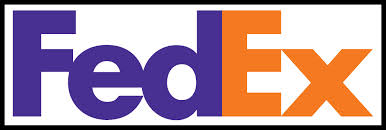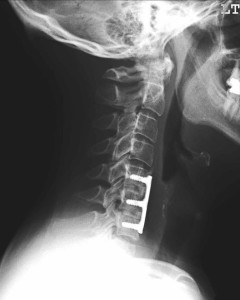According to Chico Harlan, five years after the Great Recession, the most striking change in the world of low-income commerce has been the proliferation of rent-to-own stores.
Questions:
1. How do rent to own stores avoid state usury laws and other regulations aimed at excessive interest payments?
2. What percentage of items are returned or repossessed by Buddy’s Home Furnishings according to the Cullman store employee interviewed in the article?
3. Record Buddy’s journal entry for the “rent-to-own” sale of the sofa mentioned in the article.
4. If the same sofa is repossessed after $500 is paid toward the principle of the sofa, what journal entry should Buddy’s make?
Source:
Harlan, C. (2014). Rental America: Why the Poor Pay $4,150 for a $1,500 sofa. Washington Post, Oct. 16 (Retrievable online at http://www.washingtonpost.com/news/storyline/wp/2014/10/16/she-bought-a-sofa-on-installment-payments-now-its-straining-her-life/?hpid=z1)

















